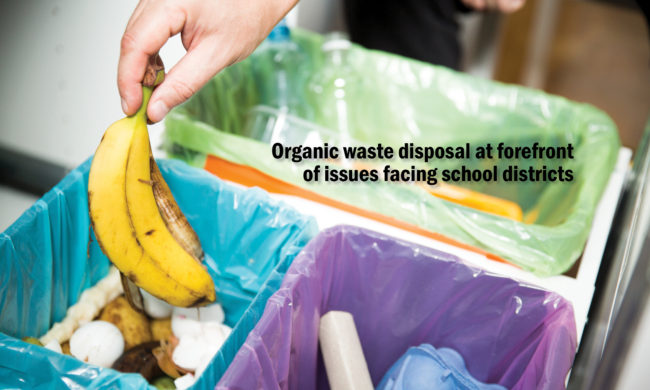Ted Witt is the CalSave cooperative purchasing program administrator in California, whose contracts are locally awarded by the Monterey County Office of Education. He is also a board member with the Association of Educational Purchasing Agencies. He currently sits as oversight chair for contracts related to technology and also landscaping equipment and supplies.
Reading Time: 3 minutesEver since the dot-com bubble in the late 1990s, people across the globe have gained access to seemingly endless amounts of information. Cell phones, apps, and other convenient technologies exploded in popularity, increasing the risk of underage students accessing harmful material. As a result, Congress passed the Children’s Internet Protection Act in 2000 to block students from…
Reading Time: 2 minutesIt’s Friday evening, and the game is on. The stands are filled, the smell of hotdogs is in the air, the band is playing, the team is warming up, and there are school colors everywhere. It is the place to be! Athletics and activities play a significant role in student participation, creating incredible experiences for…
Reading Time: 2 minutesIn 2023, the education industry will face myriad challenges, including labor shortages and employee burnout in its food service programs. This, in turn, will affect student satisfaction. Children are experiencing longer wait times during already limited lunch periods, as well as fewer available meal options. This all leads to lower sales for schools. Luckily, there’s…
Reading Time: 3 minutesNew breakthroughs combining robotics and electric power tools for campus landscaping are coming just in time. More new ordinances are regulating that landscape and turf maintenance activities must be completed using green and quiet products. AEPA member agencies provide a Husqvarna competitively bid purchasing contract that offers battery-powered handheld equipment and lawnmowers, ideal for these new requirements. One of AEPA’s offerings for schools is the robotic…
Reading Time: 3 minutesGone are the days of harried teachers elbowing each other for turns in the copier room. Today’s next-generation photocopiers in schools are more valuable than ever to educators. In fact, schools should still be budgeting and training for what has come to be known as the multifunction printer (MFP), offered under such brands as Konica…
Reading Time: 4 minutesEven before the COVID-19 pandemic, K-12 schools were experimenting with purchasing and allocating 1-to-1 devices across their student populations. Districts used the devices as an attractive differentiator for students and parents seeking to improve academic performance. However, as remote learning took hold during the spring of 2020 and beyond, countless other schools followed suit. The…
Reading Time: 3 minutesThe worst thing about catastrophes is their unpredictability; it can be impossible to determine when or where a natural disaster might strike. However, school districts can prepare for the worst by establishing protocols and referring to past events to determine how to deal with future disasters. For instance, New Orleans-based Tulane University has an entire office dedicated…
Reading Time: 4 minutesBy Ted Witt, AEPA Board Member If your school district ordered a set of Chromebook computers and was told to wait in line, or if your purchasing agent noticed a ream of copy paper costing upwards of $43, then you have experienced first-hand the inflation and supply chain disruption affecting global trade. The chaos known…
Reading Time: 4 minutesBuying agencies demanding high standards of ethics from their purchasing cooperatives need not look further than AEPA. By Ted Witt, AEPA Board Member School district purchasing agents — and every person in the chain of acquisition for supplies, equipment, and services — work within the public’s trust. These employees must obey laws and regulations. However,…
Reading Time: 3 minutesOrganic waste disposal is now at the forefront of new issues facing school districts and other local governments. Unrecycled organic waste contributes to climate change, methane pollution, and the massive and avoidable food waste problem in America. According to some estimates, the U.S. sends 40 percent of the food it creates to landfills. New regulations are cropping…











